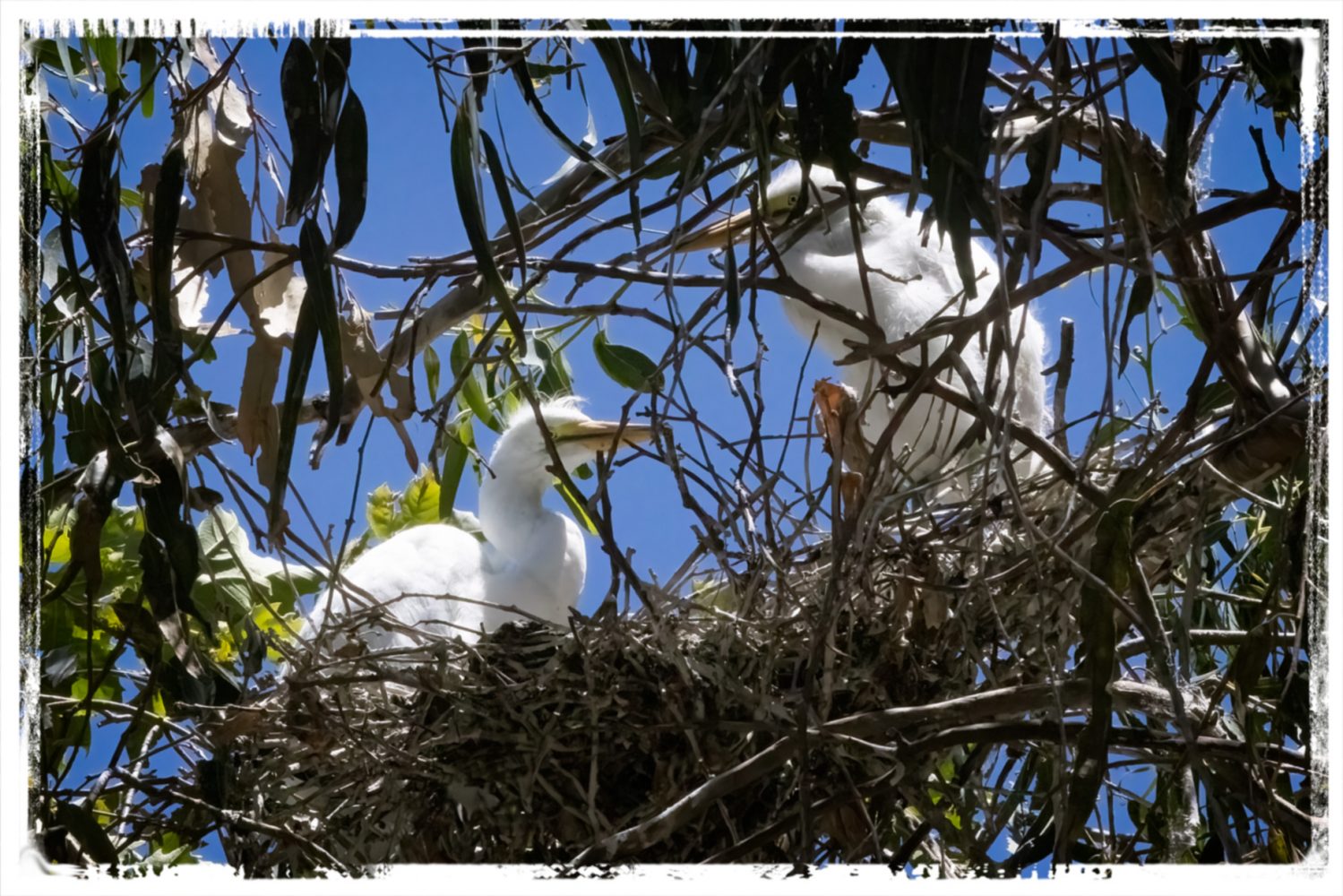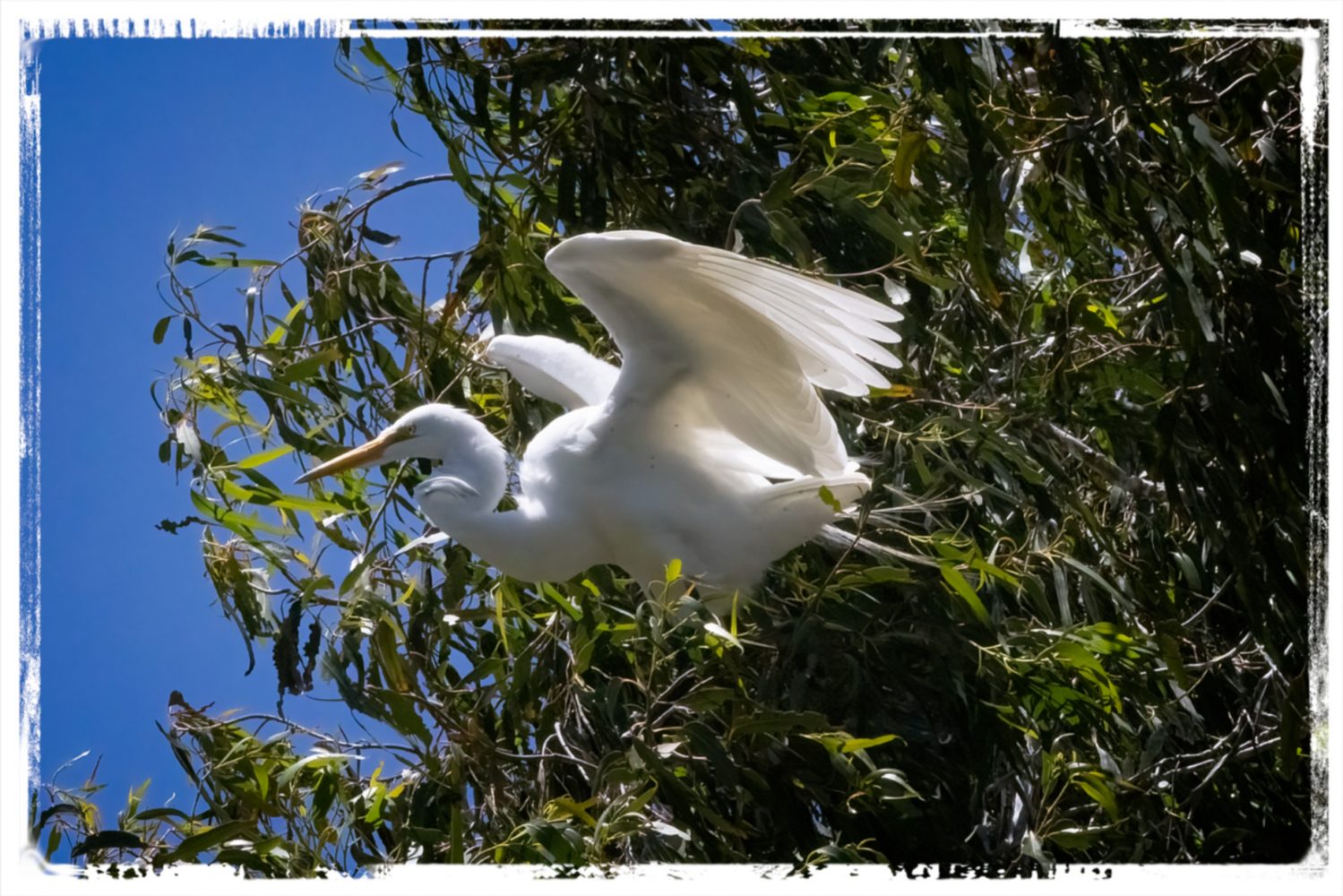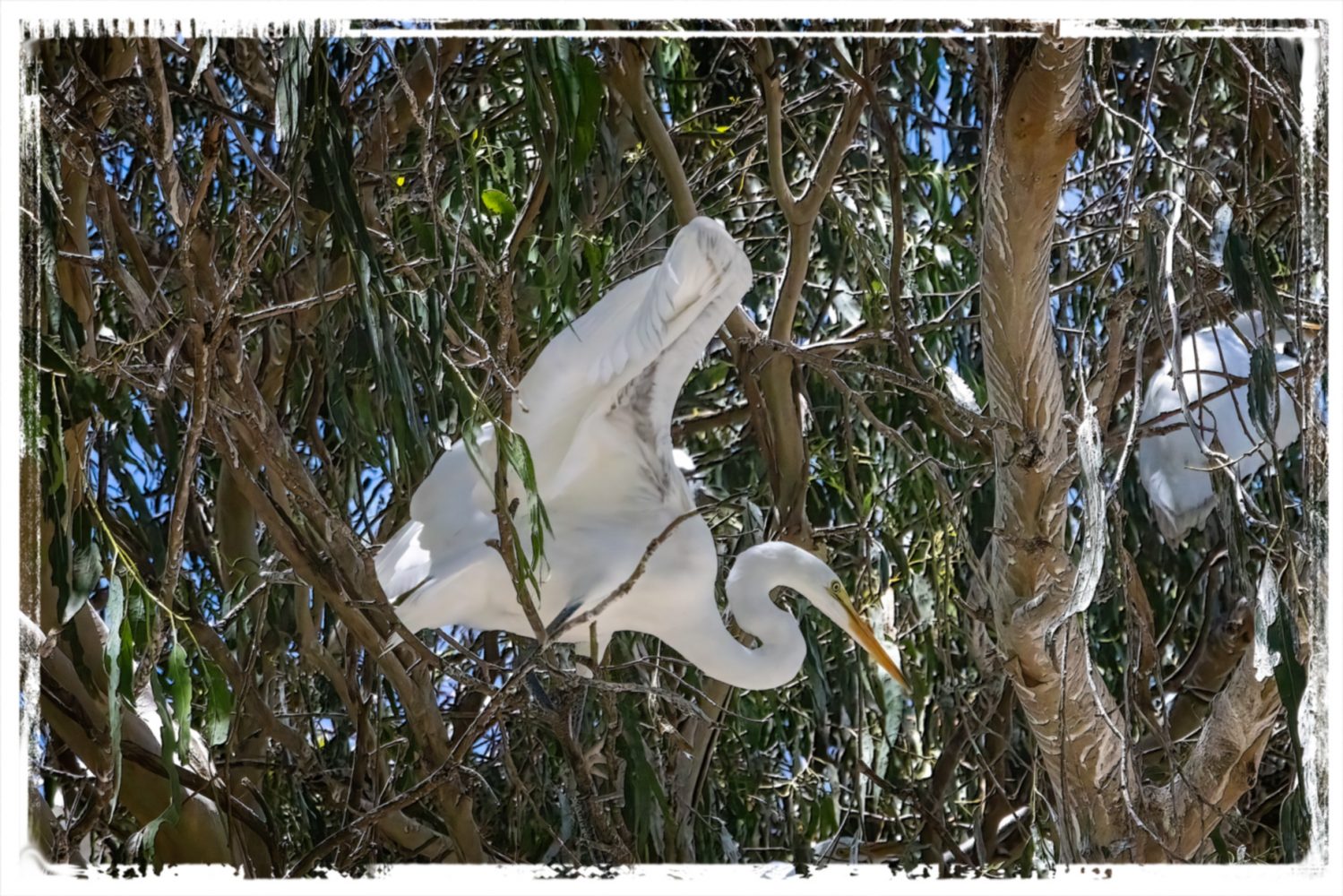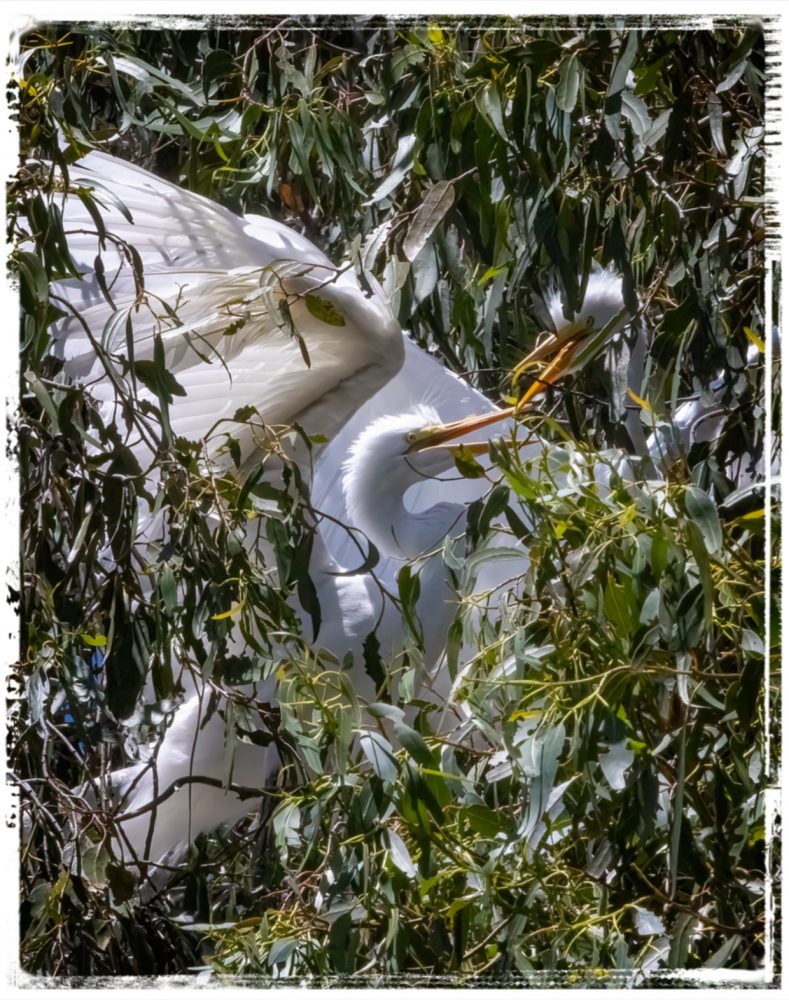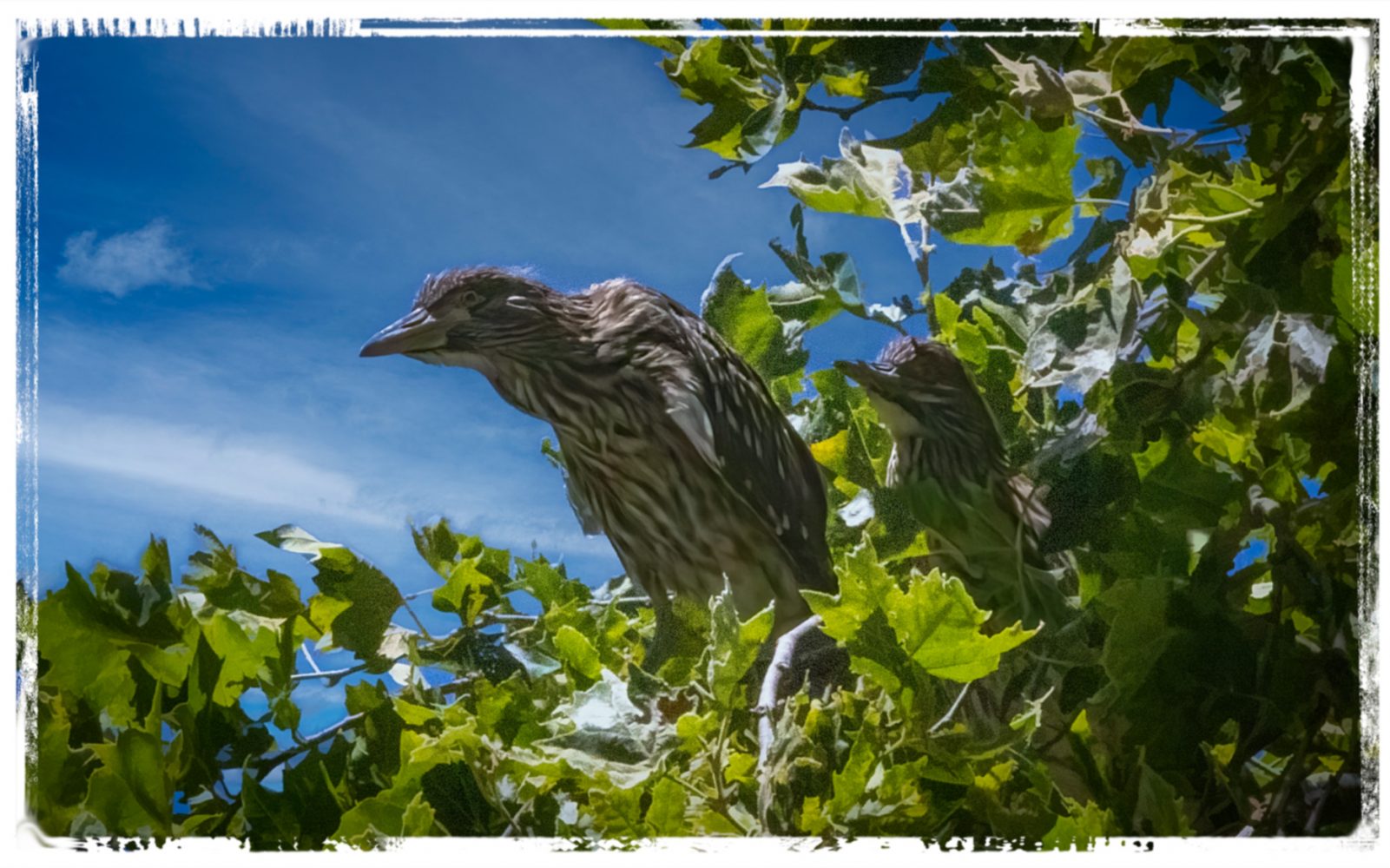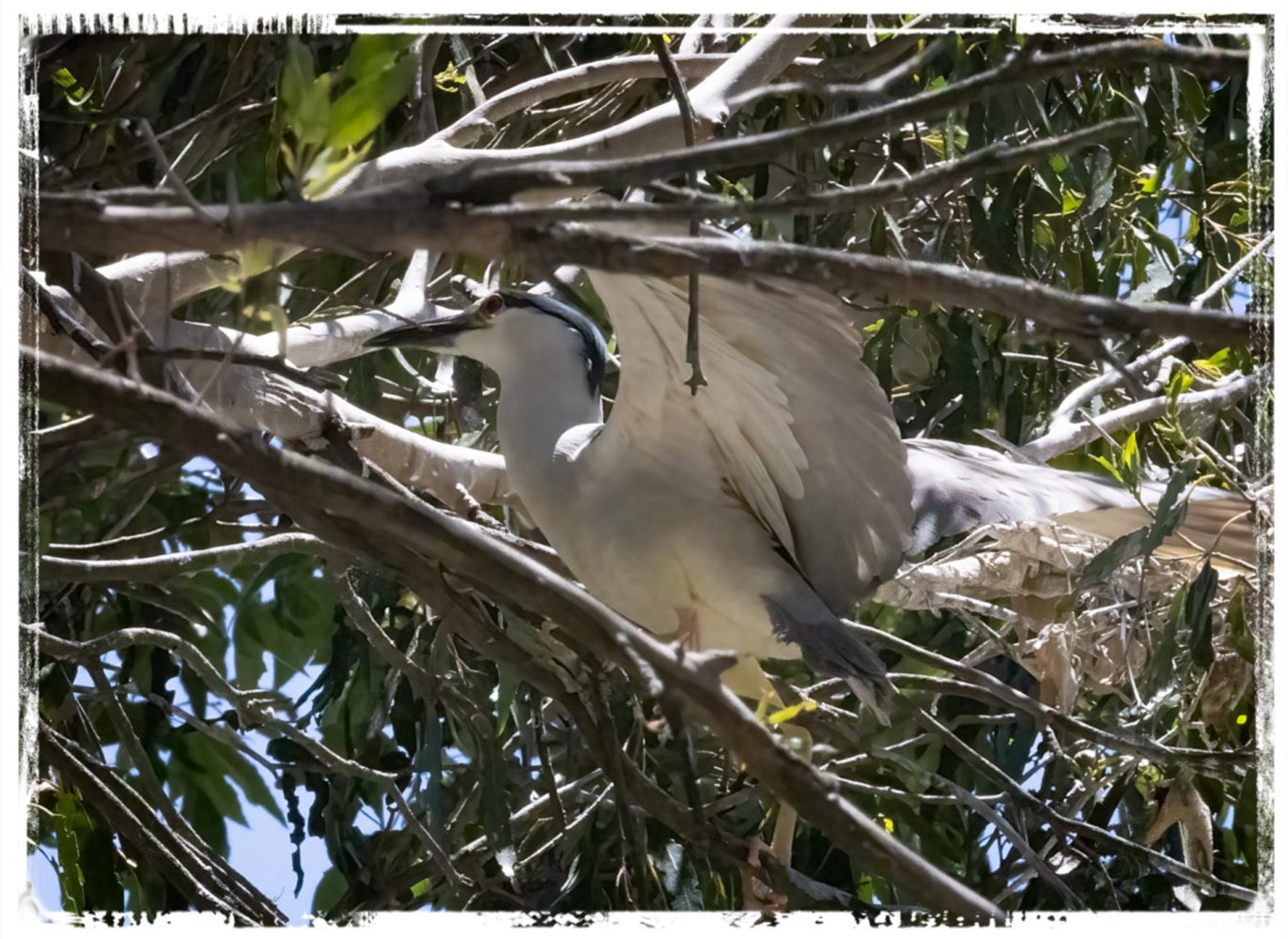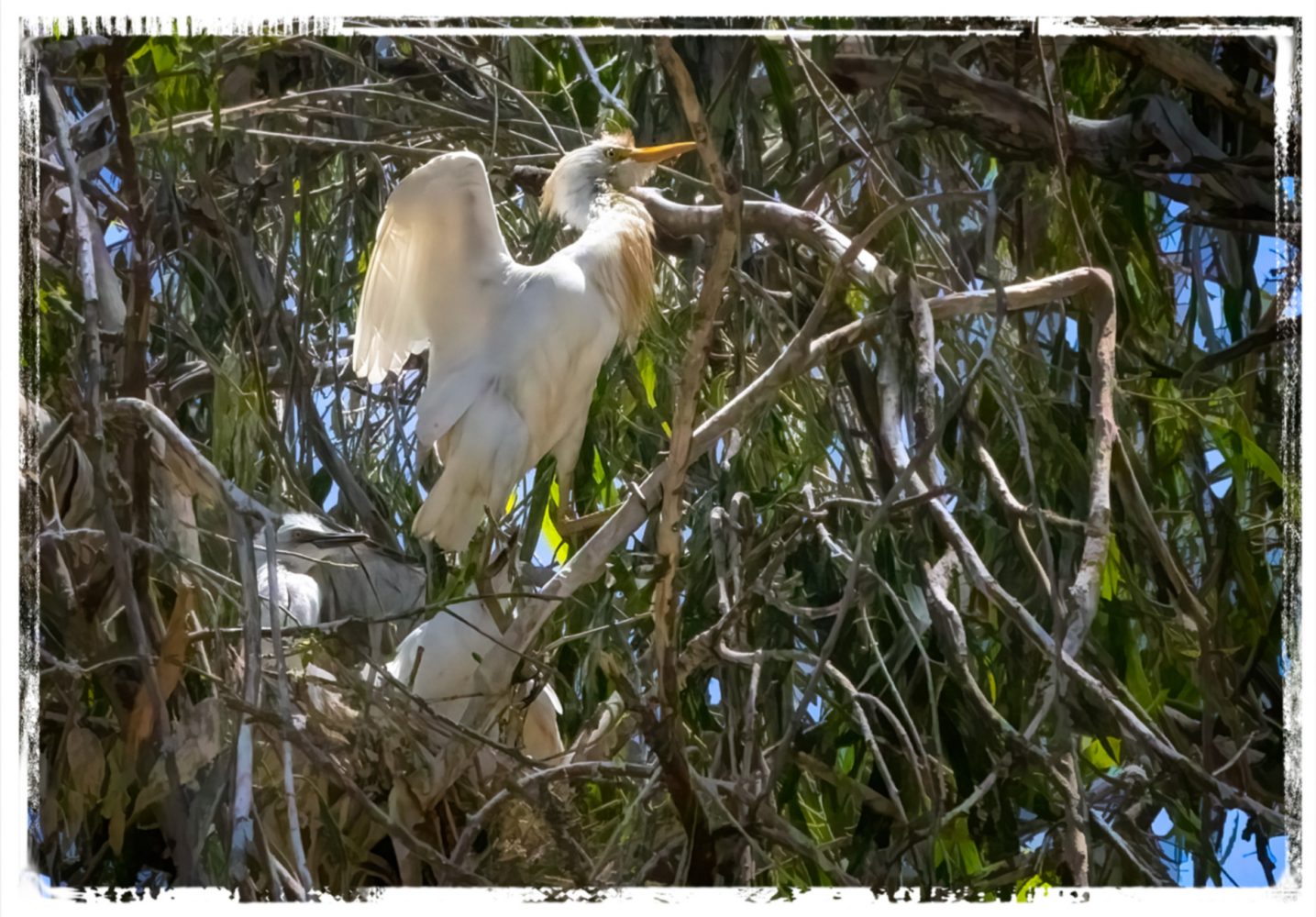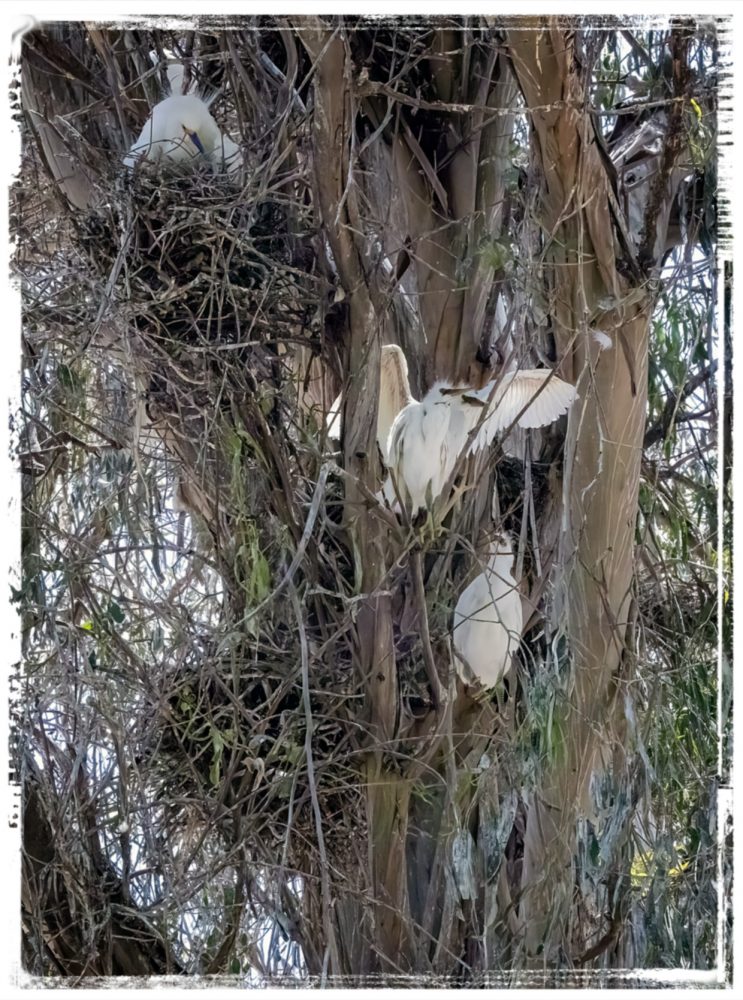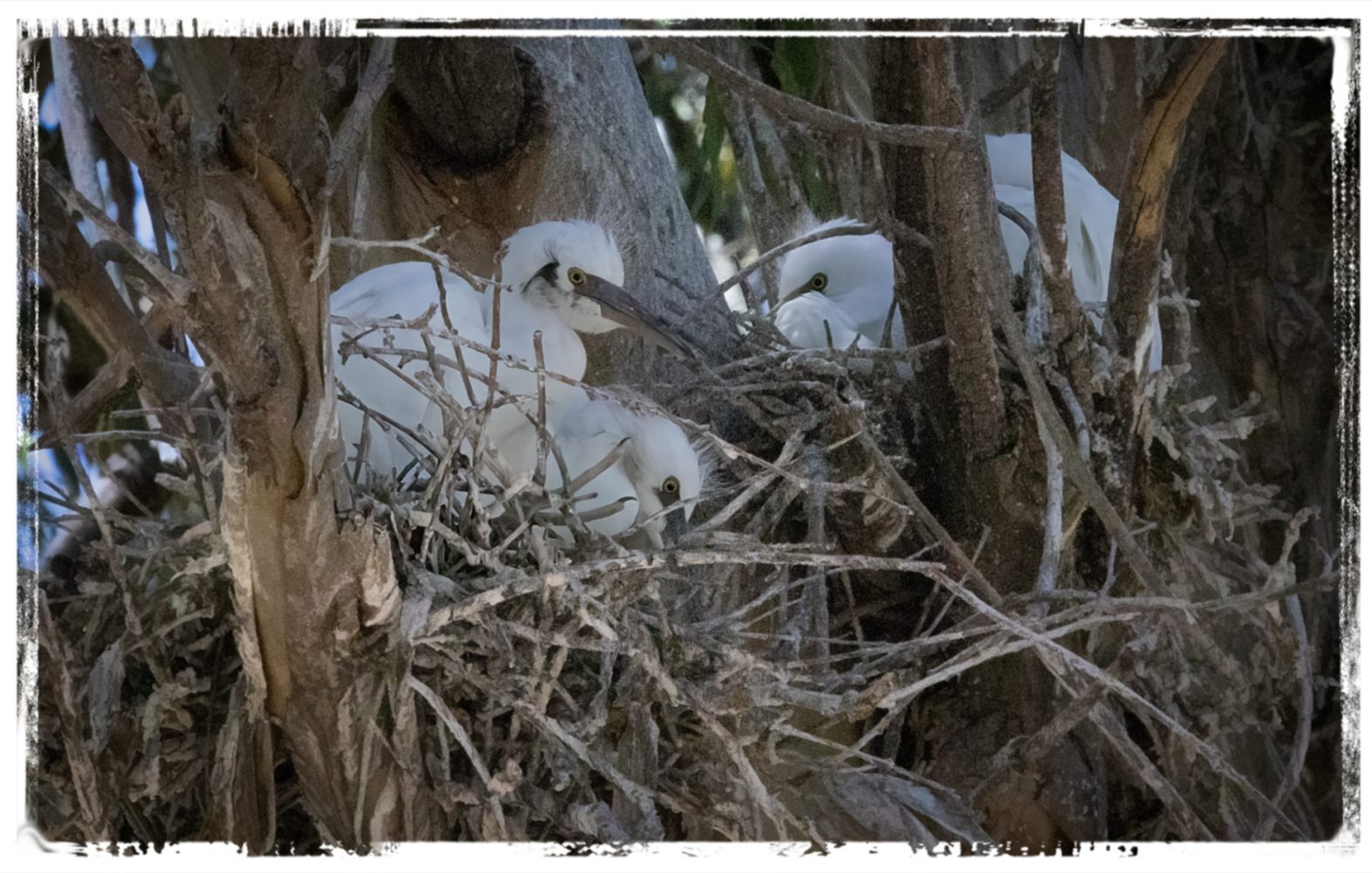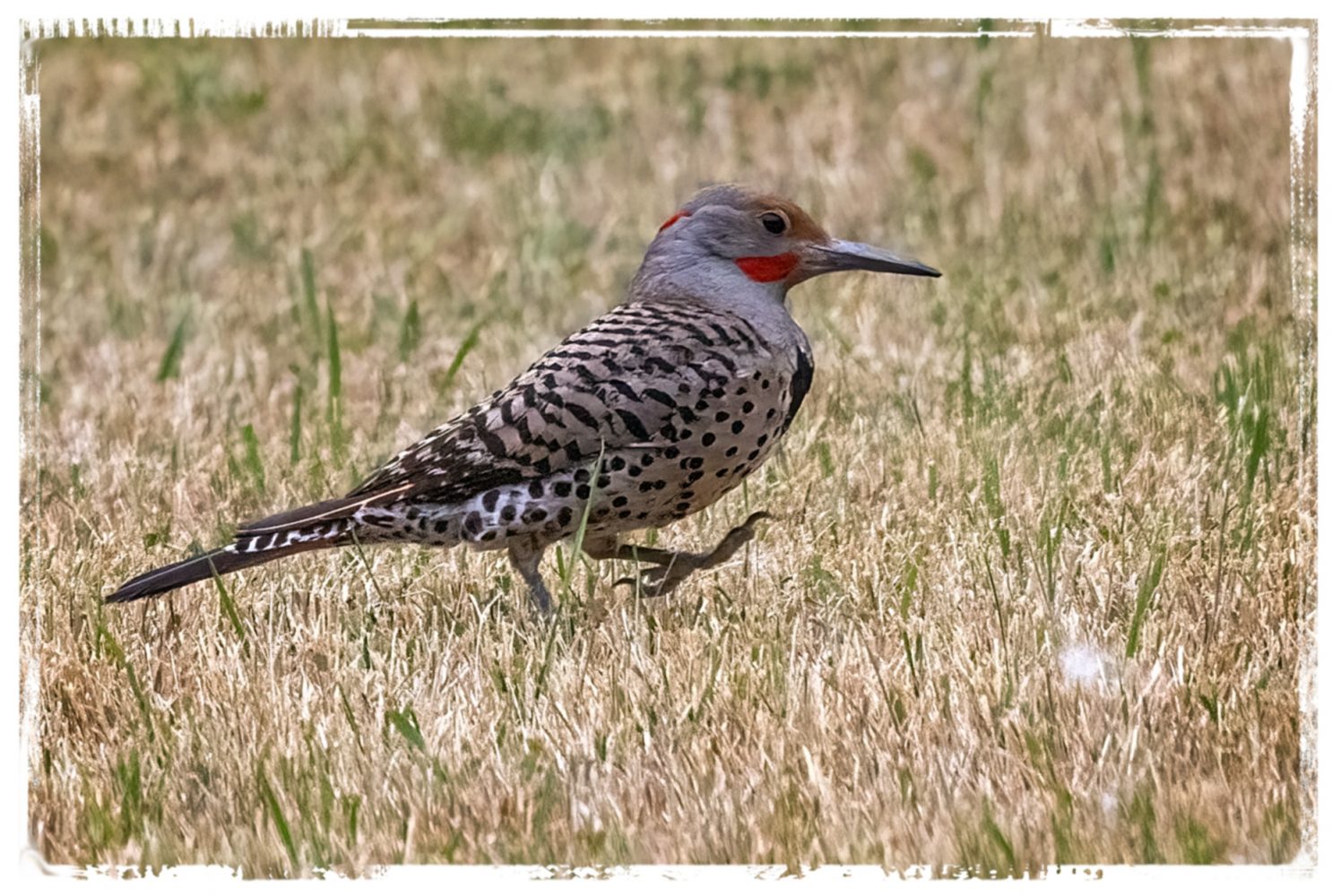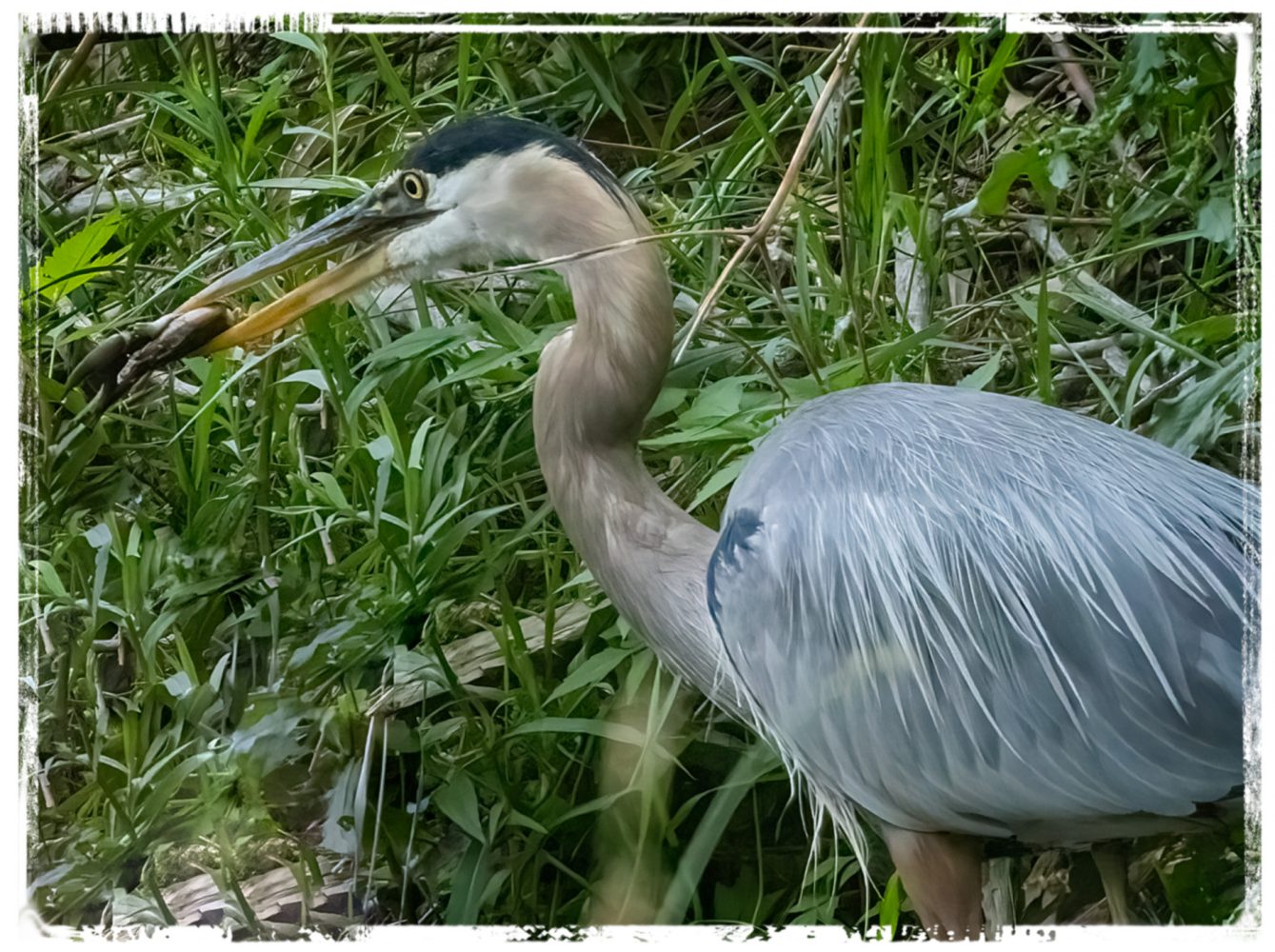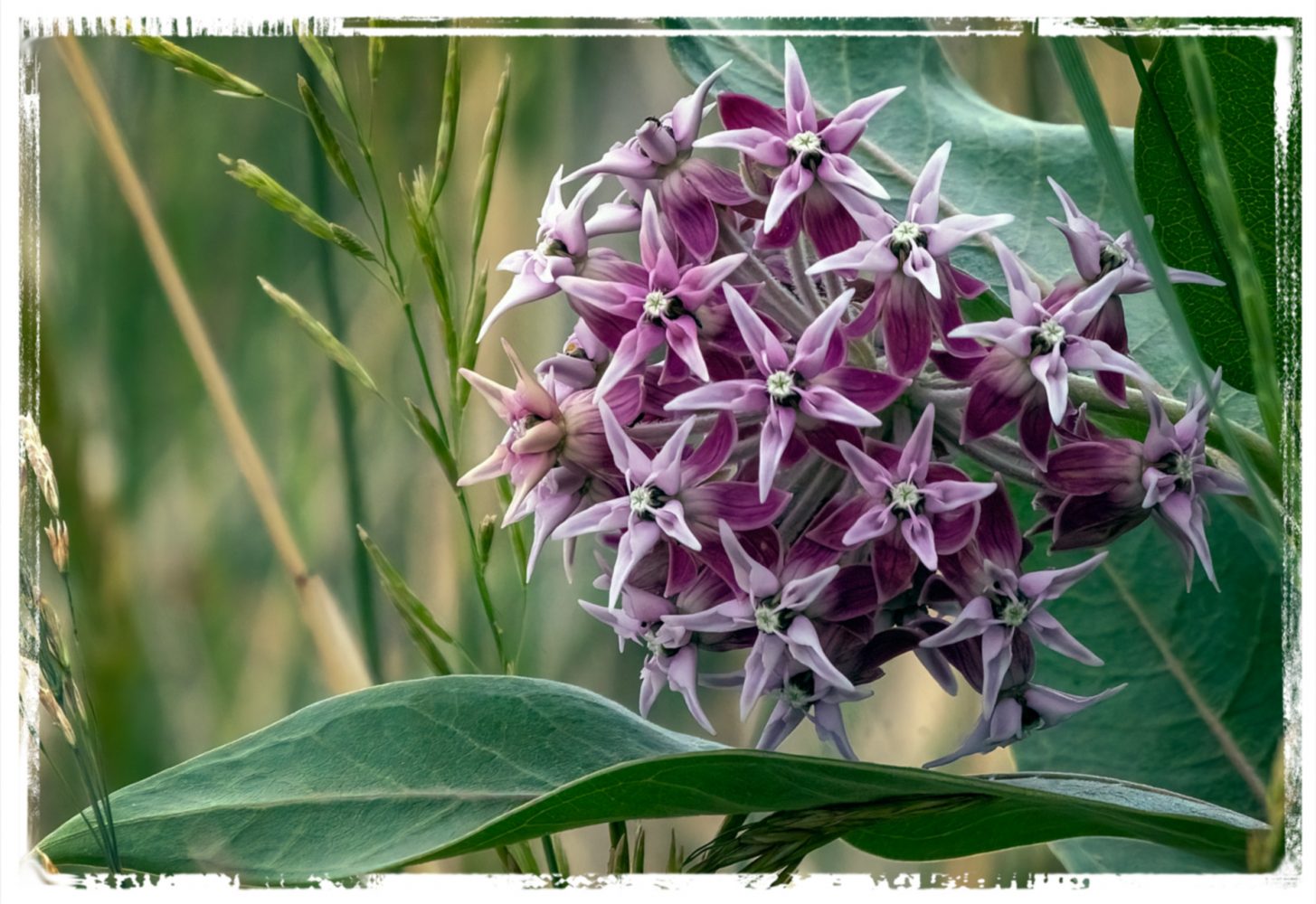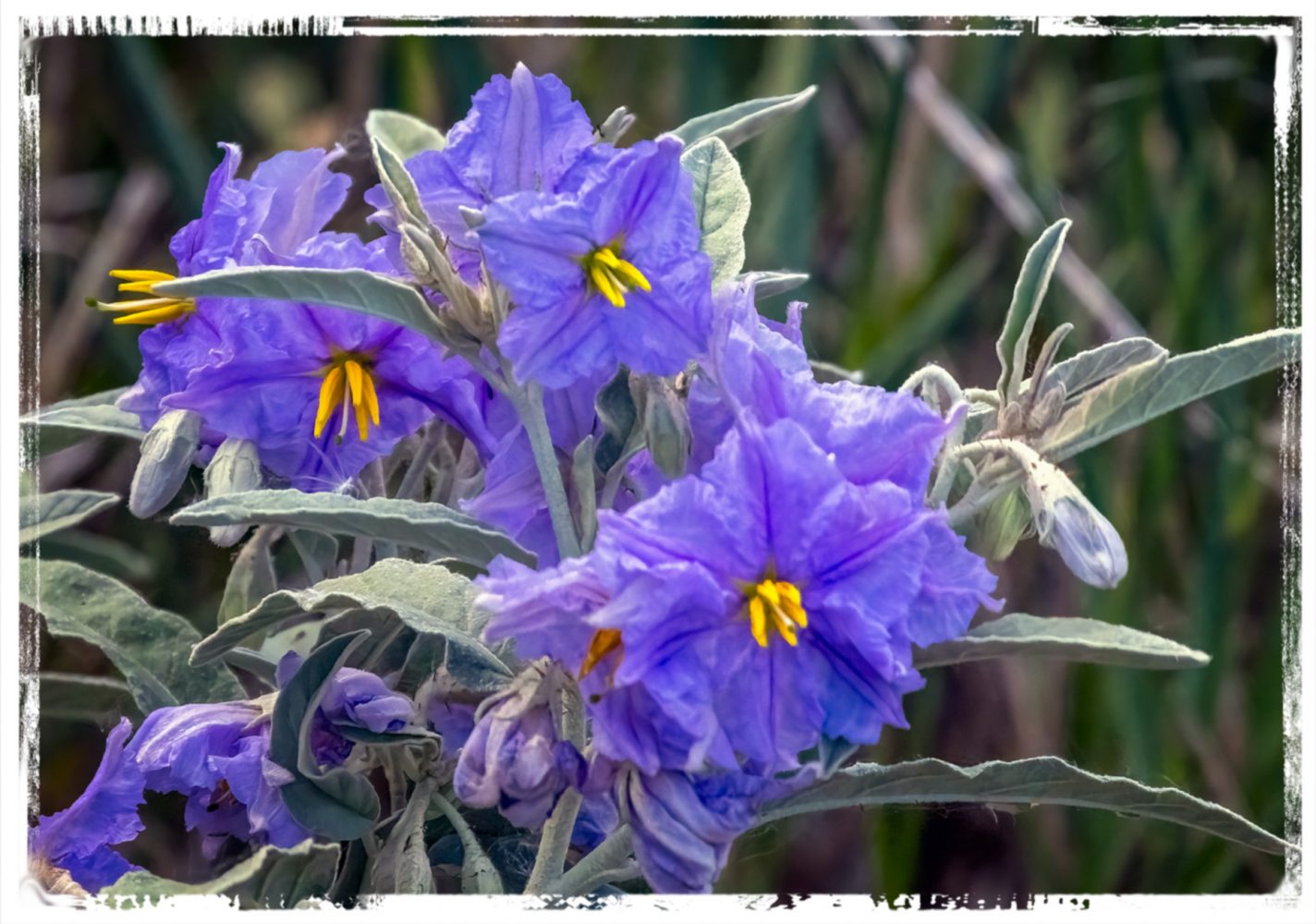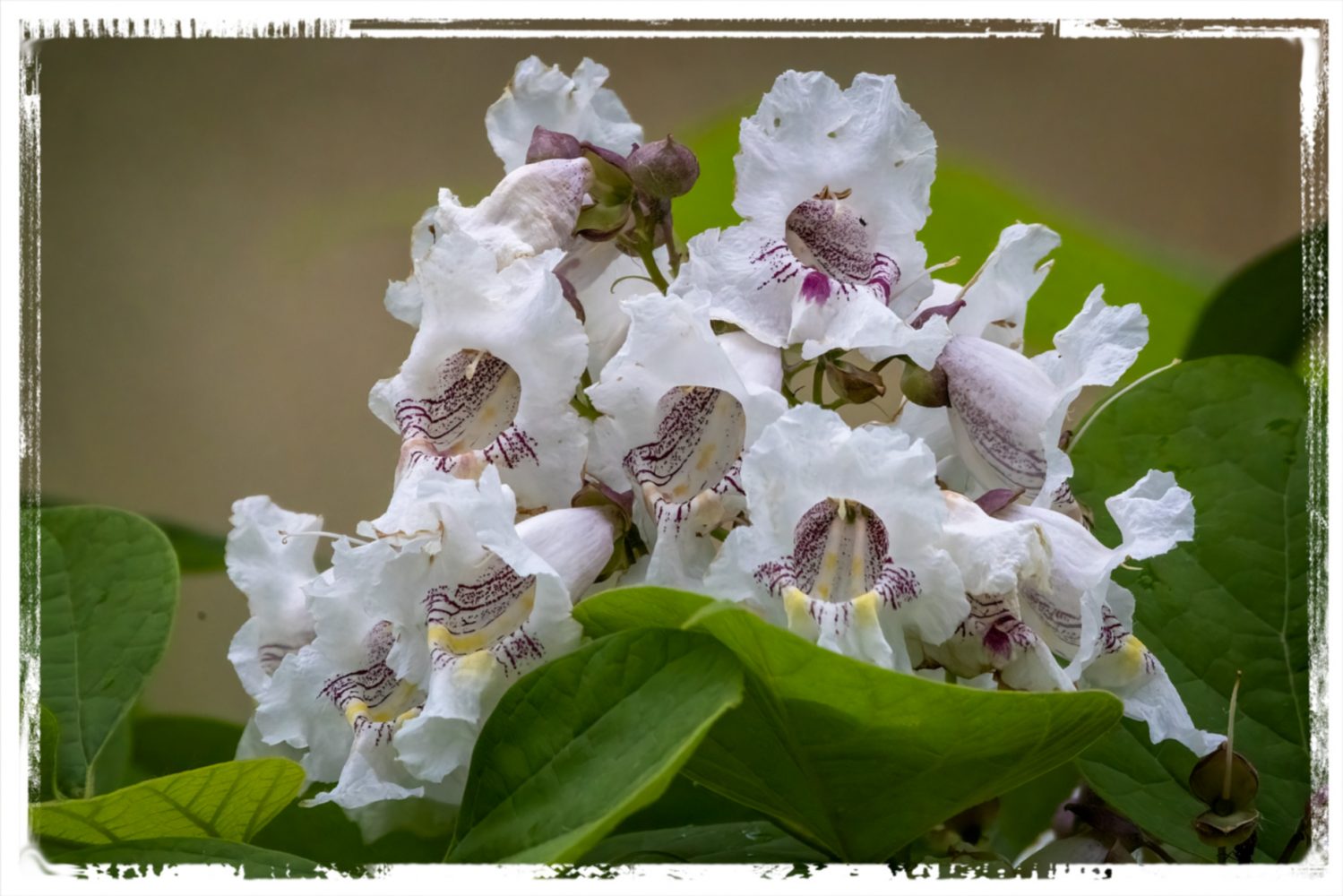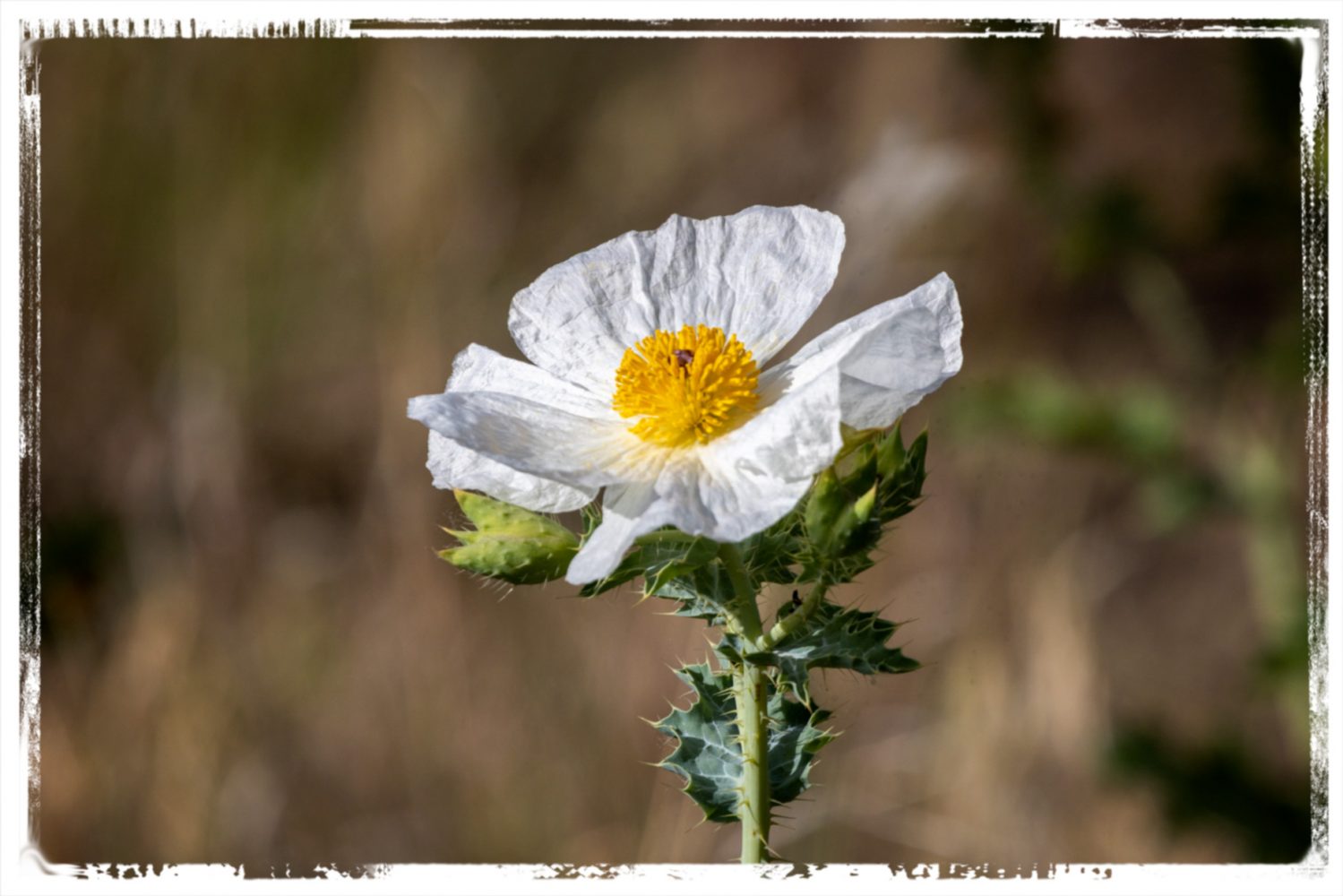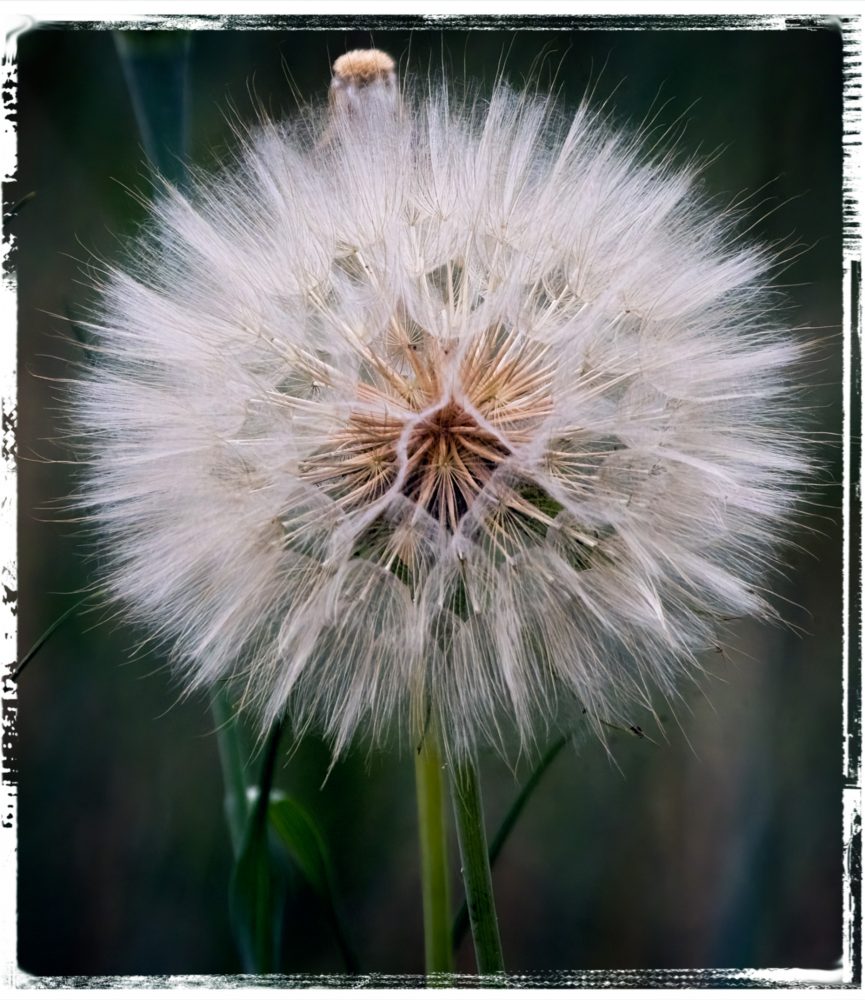Years ago on Leslie’s first visit to the Sacramento National Wildlife Refuge, she spotted a tree full of vultures, something she had never seen before. Ever since she looks for them before we start the car tour. A few were there again, though most of them were already out looking for a meal. Â
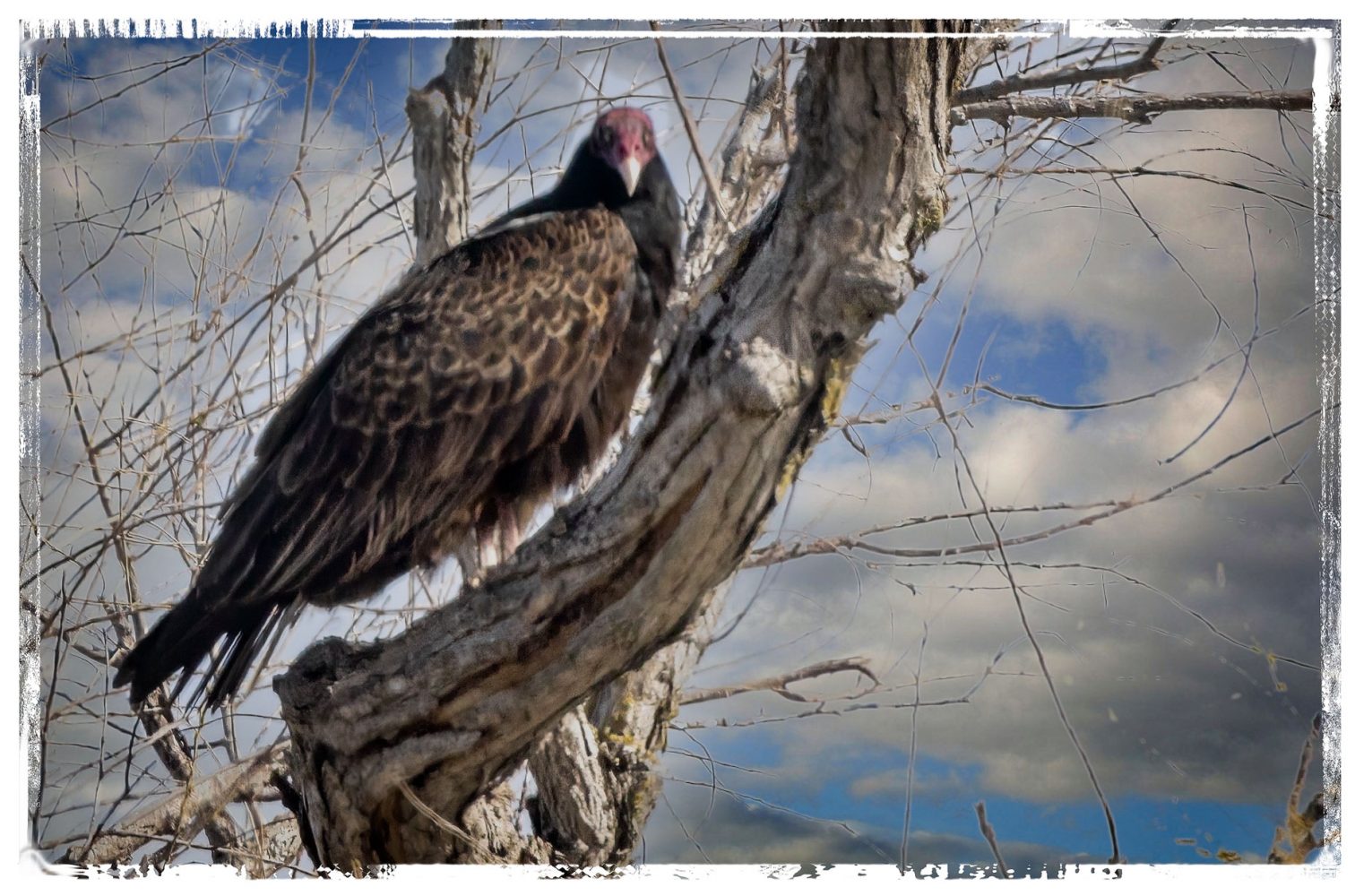
Vultures are much rarer than Red-Tailed Hawks, but I’ve gotten in the habit of looking for a hawk in one of the first trees you see after you have started the auto tour. I’ve found hawks in the same tree as long as I can remember, and, for a change, it was sitting on branches on the road side of the tree rather than on the backside where it’s nearly impossible to get a good shot. Â
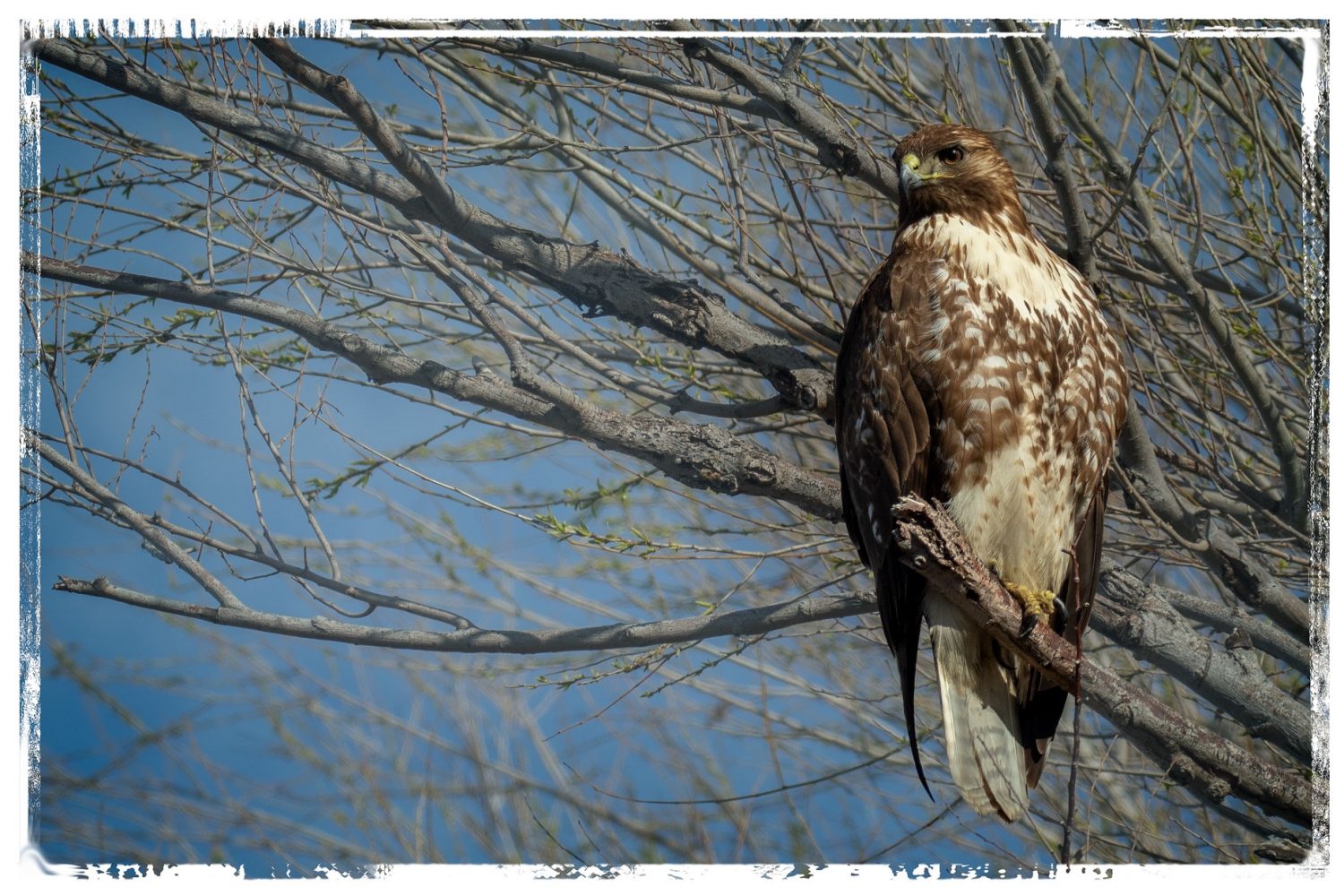
We heard Meadowlarks singing almost as soon as we started the tour, some quite close, but the only shot we managed was this one which was far, far away.Â
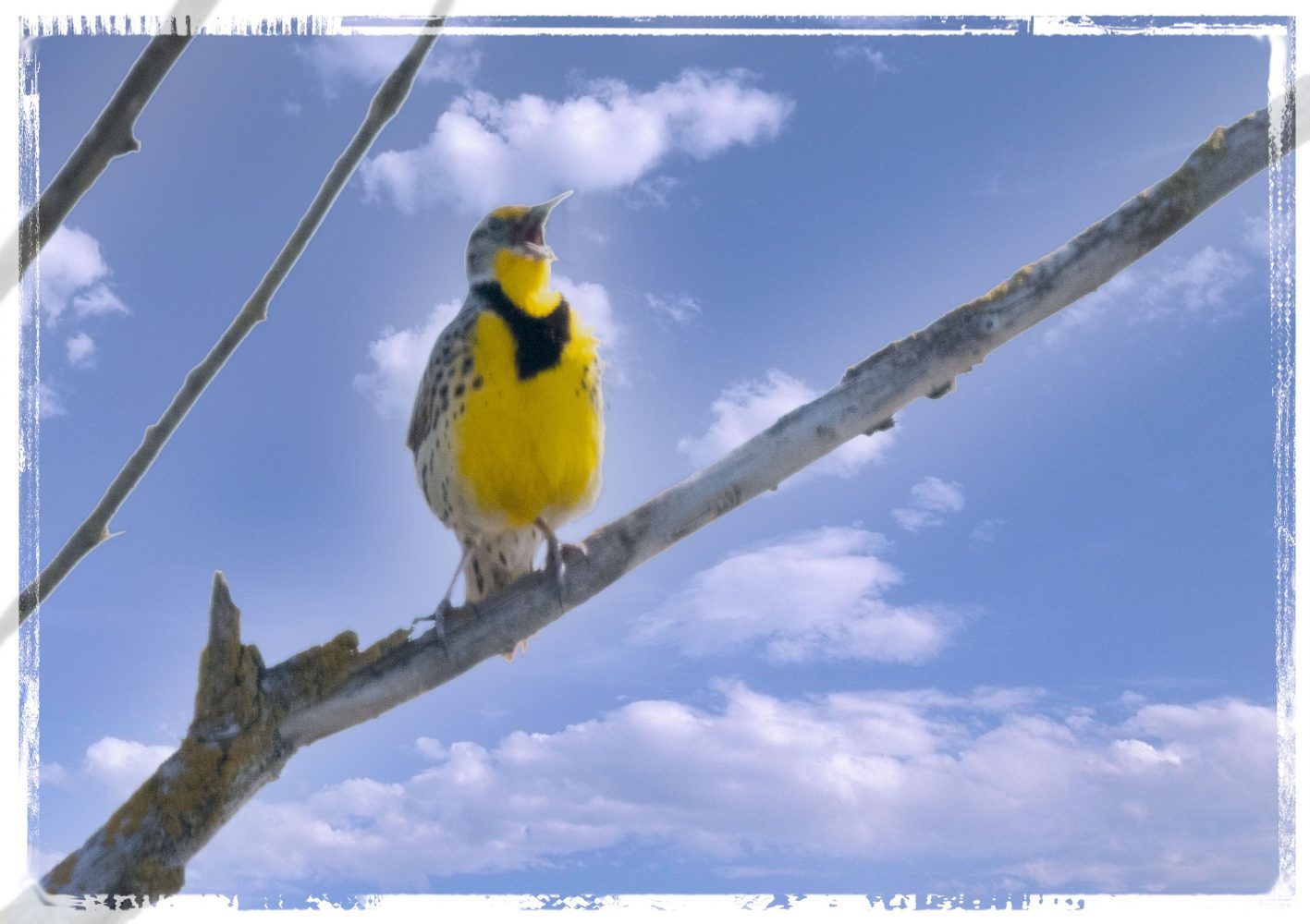
A recent news report that a Meadowlark was spotted at nearby Dunes Park reminded me that we’ve seen more Meadowlarks at the Sacramento NWR than anywhere else.
We don’t have Black Phoebe’s in the Puget Sound, either, so it was a treat seeing this one fly out and back repeatedly. Unfortunately, the only time I managed to keep him in frame was when he was sitting on a branch. Â
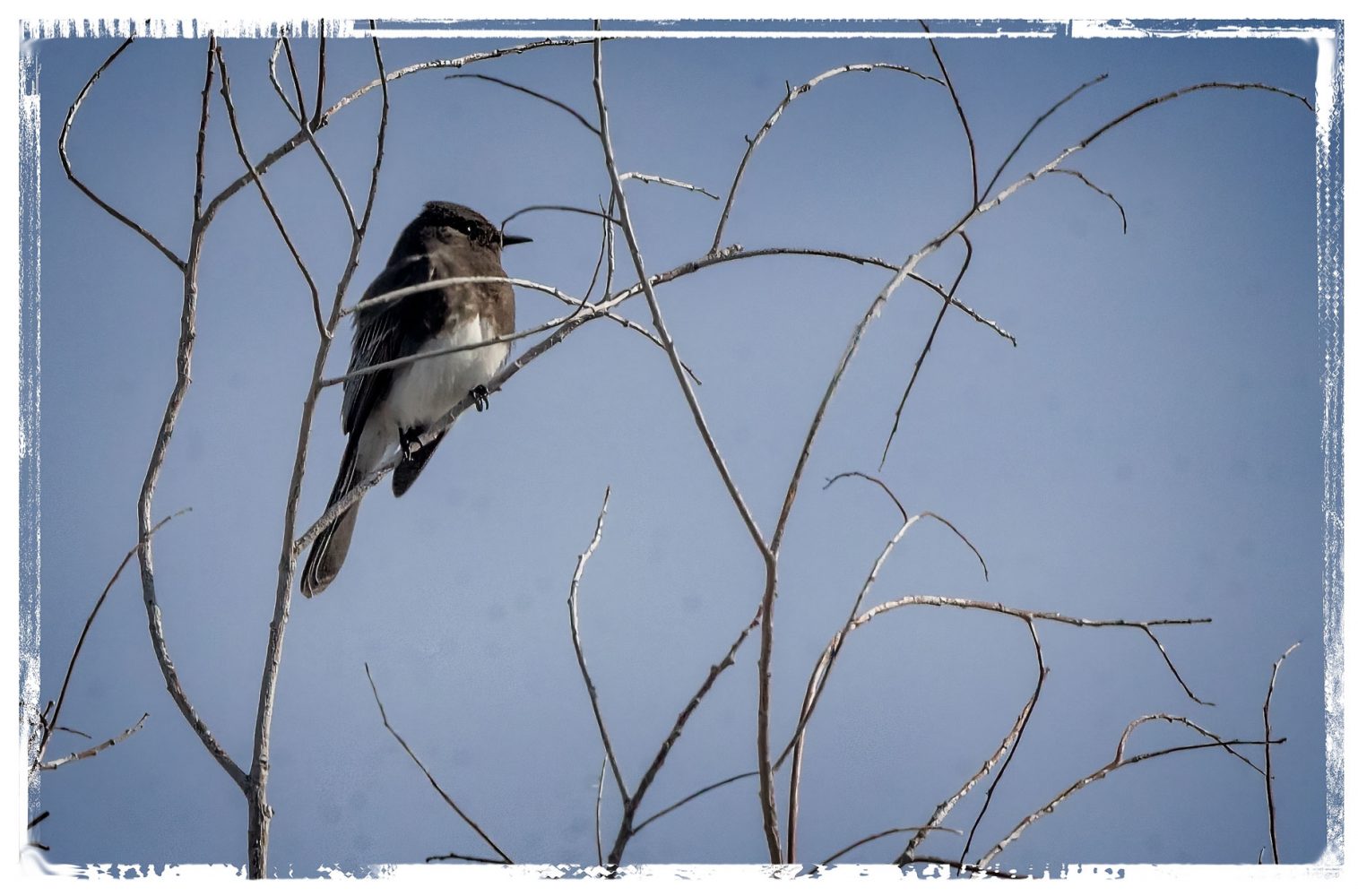
I’ve often seen flocks of Bush Tits at home, but it was still a treat when this male Bush Tit posed for us.Â
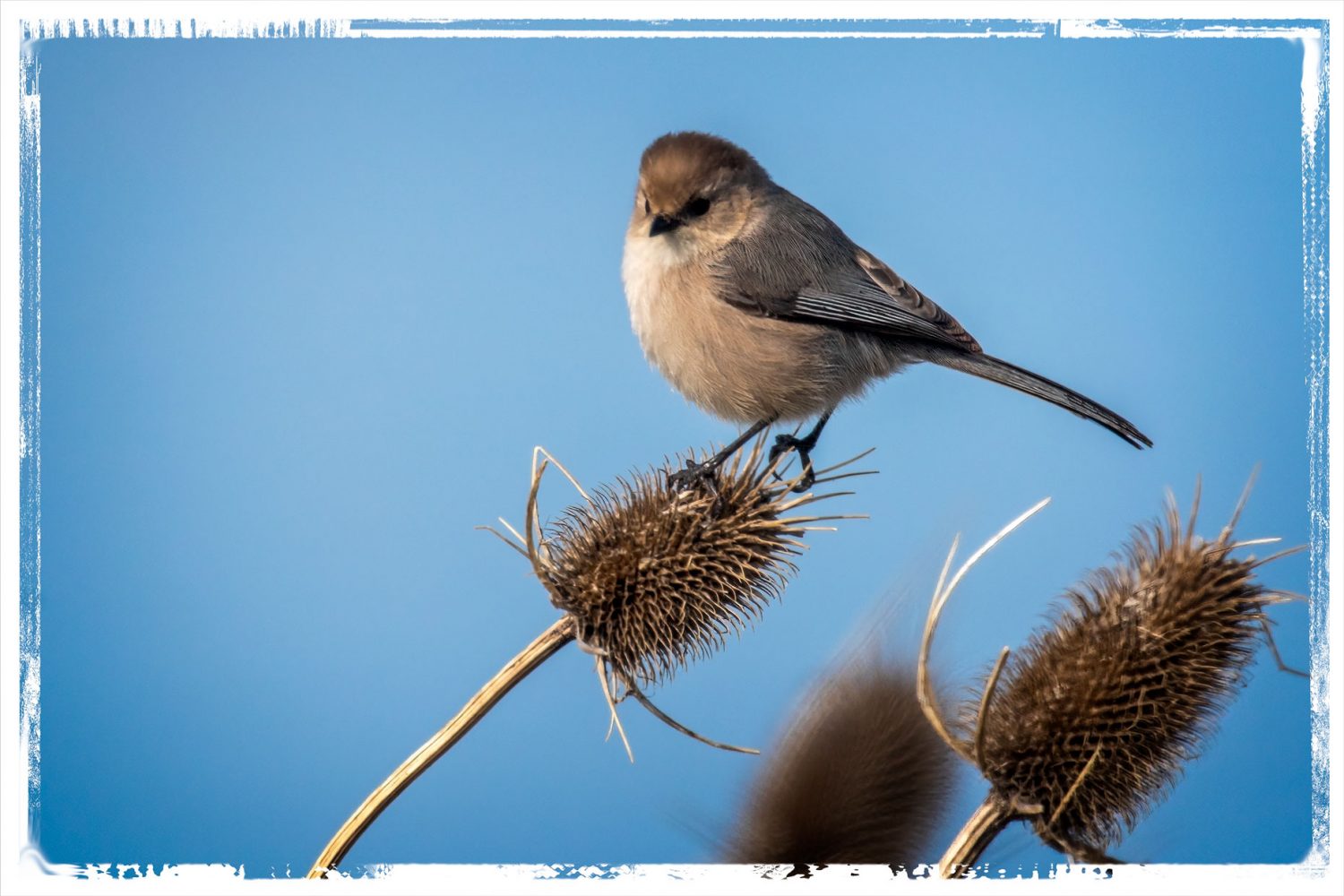
Big or small, you never know what you’ll see at the Sacramento NWR, but you can always count on seeing lots of amazing birds there. Â

